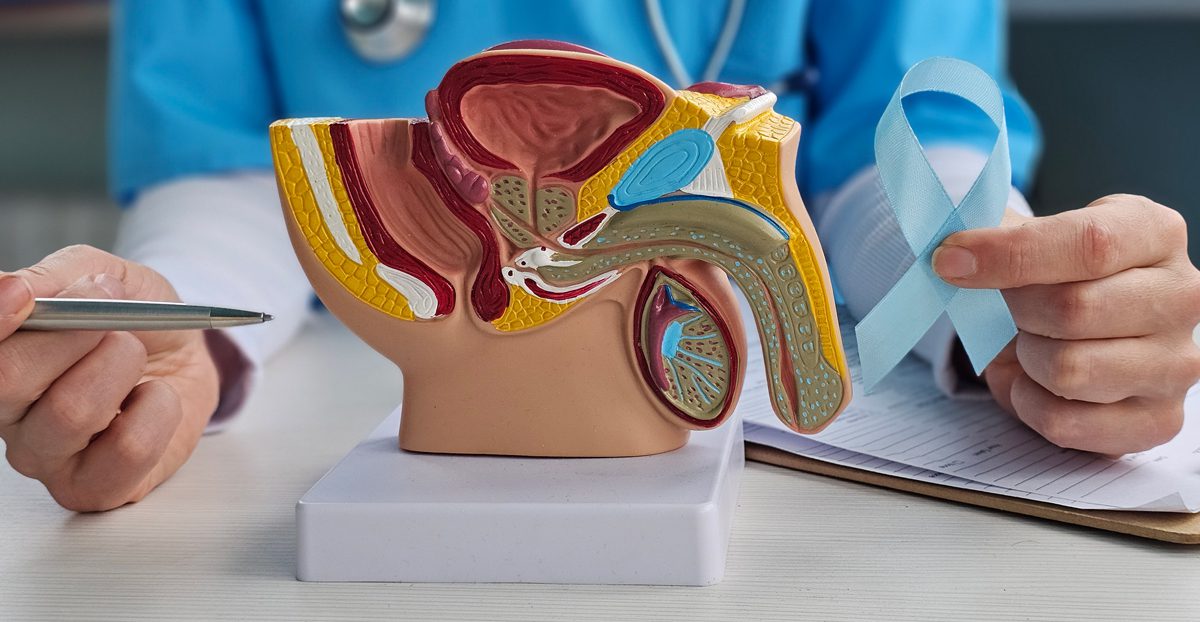

Peyronie’s disease is a condition in which the tissue inside the penis develops fibrous scar tissue, causing curved, painful erections. This can lead to difficulty with sexual intercourse and, in some cases, may cause erectile dysfunction. Symptoms often include a noticeable bend or curve in the penis, pain during erections, and changes in the shape or size of the penis. Peyronie’s disease can develop suddenly or over time and may worsen without treatment.
Causes of Peyronie’s Disease
The exact cause of Peyronie’s disease is not always clear, but it is believed to be related to:
- Trauma or Injury: Repeated injury or trauma to the penis, often during sexual activity or sports, can lead to the formation of scar tissue.
- Genetic Factors: A family history of Peyronie’s disease may increase the likelihood of developing the condition.
- Connective Tissue Disorders: Conditions like Dupuytren’s contracture (a thickening of tissue in the hands) can increase the risk of developing Peyronie’s disease.

Diagnosis
To diagnose Peyronie’s disease, healthcare providers may use:
- Physical Exam: The doctor will physically examine the penis to assess the degree of curvature and the presence of any lumps or plaques.
- Ultrasound: A penile ultrasound can be used to assess the plaque and evaluate blood flow to the penis, which helps in determining the severity of the condition.
Treatment Options
Treatment for Peyronie’s disease can vary depending on the severity of the condition and symptoms, and may include:
- Medications: Taken orally, pentoxifylline is typically used to improve blood flow, may help with plaque reduction and improve erectile function. In some cases, injections of medications such as verapamil or interferon into the plaque can help reduce the size of the scar tissue and improve curvature.
- Surgical Options: When non-surgical approaches are not effective, surgery might be utilized. In cases of significant curvature, plication surgery may be recommended to shorten the side of the penis opposite the plaque, straightening the erection. In more severe cases, the plaque may be removed, and tissue grafts may be used to restore the shape of the penis. For men with severe erectile dysfunction due to Peyronie’s disease, a penile implant may be considered to restore sexual function.
Next Steps
If you suspect you have Peyronie’s disease, it is important to seek an evaluation from a urologist specializing in male sexual health. Early diagnosis and treatment can help manage the condition, alleviate symptoms, and improve sexual function. Depending on the severity of the disease, treatment options range from non-invasive therapies to surgical interventions, all of which can improve outcomes and quality of life.
